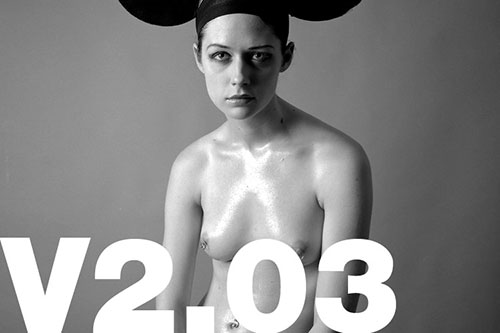"Exploring Alternative Processes: Photography Exhibits, Installations, Events and Classes" at the Southwest School of Art & Craft, 300 Augusta St., San Antonio, Texas, United States
DATES: Thursday, 24 August – Sunday, 22 October, 2006
RECEPTION: Thursday, 24 August, 2006 at 5:30pm
Loads of alt-process and pinhole exhibitions, lectures, workshops, and classes: rawk! See the Pinhole Visions event page for details.

